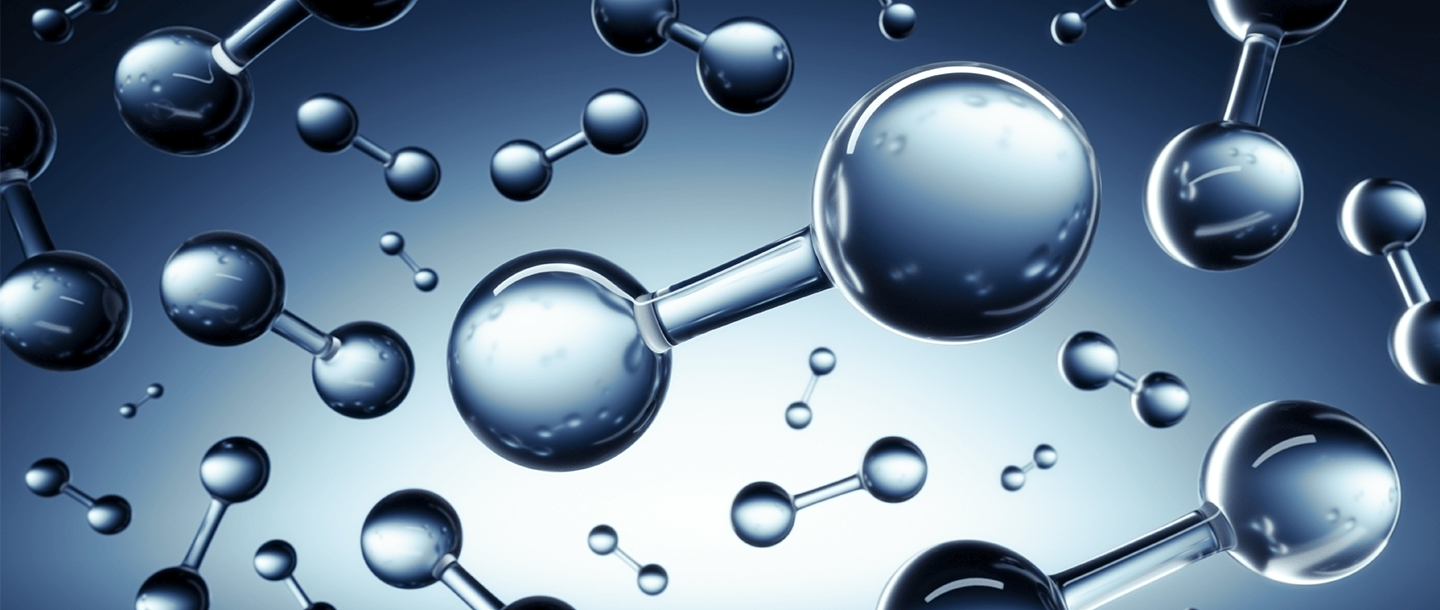Hydrogen, like electricity, is an energy carrier that allows energy to be transported in a usable form from one place to another, according to U.S. Energy Information Administration. Williams is exploring how to transport excess renewable energy from wind farms, for example, in the form of hydrogen.
Here’s how that would work: When a wind farm produces more electricity than is needed to meet demand on a grid, that excess electricity could be used to produce hydrogen through a process called electrolysis. Basically, electricity separates hydrogen molecules (H2) from water (H2O). Because the original source of this energy was wind, a renewable, the hydrogen is considered “green.”
The green hydrogen can then be blended into the natural gas stream and transported through a pipeline to end-users or stored for later use. Given the massive gas pipeline and storage network that Williams owns and operates in the United States, the company is well positioned to participate in the growth of hydrogen by blending it with the natural gas stream or moving it in pure form. Providing hydrogen to our customers will allow them to reduce their emissions.
Hydrogen can be produced from a variety of sources including renewables, natural gas, coal and even nuclear power. A color code helps delineate the original energy source and production method. Some of the colors are represented below, but advances in technology continue to provide new ways to produce hydrogen and new colors.
Blue hydrogen: Natural gas is used in steam methane reforming followed by carbon capture and storage to produce hydrogen. Blue hydrogen is also considered “low-carbon” hydrogen and “clean” hydrogen.
Green hydrogen: Electricity from renewables such as wind and solar is used in electrolysis to produce hydrogen. Green hydrogen is also considered “renewable” hydrogen and “clean” hydrogen.
Green and blue or clean hydrogen is generating the greatest interest in the energy industry and is where Williams is focusing its hydrogen development efforts to help achieve our net zero goals and provide solutions for our customers.
Other colors of hydrogen:
Brown hydrogen: Coal is used in a gasification process to produce hydrogen.
Pink hydrogen: Electricity created from nuclear reactors powers electrolysis to produce hydrogen.
Gray hydrogen: Natural gas is used in steam methane reforming process to produce hydrogen. Some carbon emissions occur in the production of gray hydrogen.
Energy & Infrastructure
Harnessing the power of hydrogen for clean energy
You may remember from science class that hydrogen is the simplest and most abundant element in the universe. Think …


